Last updated October 24, 2019
Before we talk about tripwire offers, there’s something we should all understand.
Nothing in business is free.
It costs money to get new customers (whether through ads, interactive content, blogging, or social media) and that eats into your profits.
It’s easier and cheaper to sell to an existing customer.
They’ve bought from you so know the quality you deliver, are part of your database, and are more willing to spend on complimentary products.
The hard part is getting those customers in the first place.
You could use ads or other methods to build a list and sell your main product after some time.
Or, you could offset the cost of ads by creating instant customers.
In essence, you’ve turned your customer acquisition costs to zero while leaving room to earn massive profits with your main product.
A tripwire offer makes this possible.
Think of the tripwire offer as a way to increase the amount you can spend to advertise and acquire new leads without throwing the economics of your business off.
In this post, we’ll dive deep into what a tripwire offer is, the major components, and ideas with tons of examples for making them.
Table of Contents
What is a tripwire offer?
I want to start this off by saying I don’t like the term tripwire offer. At KyLeads, we refer to them internally as front end offers.
When you call something a tripwire offer, it seems like you’re tripping your customers up and tricking them into buying what you’re selling.
That’s not cool.
Your aim should be to add value and build a lasting relationship that encourages your users to trust you.
The world of Financial Planning and Business Advisory services has evolved way beyond just crunching numbers and making basic projections. Today’s advisors are more like strategic partners who dive deep into understanding every aspect of your business – from market positioning to operational efficiency.
They’re not just there to tell you what the numbers mean, but to help shape key decisions that could make or break your company’s future, whether it’s expanding into new markets or restructuring for better profitability.
Tripping them up isn’t a great way to start that process.
Moving on.
A tripwire offer is a relatively low-cost high-quality product specifically designed to build your customer list. They’re priced at $5 – $50 with the majority being less than $20.
Utilizing tools designed for perfect lead generation can further enhance your ability to convert prospects efficiently.
The price point you choose is dependent on your brand. If your average product is one thousand dollars then a front end offer can be as high as $200.
A common example of a tripwire offer is free plus shipping. Brands give away a product for free and just ask you to pay shipping.
The products are sometimes so cheap they’re gaining a small profit which offsets their advertising costs. They’re building a customer list for free.
Organizations focused on expanding their customer network and deepening commitment may find introducing an appealing “shipping offer” to be a significant lever in evolving their engagement tactics.
This strategy directly reduces initial costs for buyers, offering them a compelling chance to discover the superior quality and value of your products.
By thoughtfully rolling out these special deals, companies are able to significantly boost their profile within the competitive landscape and build stronger bonds with their customers. Such initiatives lay down a solid groundwork for ongoing development and broader growth.
Free plus shipping isn’t the only type of tripwire offer you can make. We’ll get into more ideas later in this post.
Benefits of a front end offer
There are many benefits of using tripwire offers to build your mailing list. Some of them are obvious and some are a bit nuanced. All of them will help you move closer to your goals
Offset marketing and advertising costs
When you have a longer sales cycle, the costs of selling, advertising, and marketing can add up quickly. A well thought out tripwire offer will not only offset those costs but yield a decent profit.
It costs money to generate traffic on the internet. Some people may argue that blogging and social media are free. They are – kind of.
While you may not pay for them directly, they still cost time.
Is your time worthless?
Not at all.
At the very least, your time is worth $20/hour.
I know I spend more than an hour researching, writing, and promoting every blog post for Optimizing For Humans. That’s not including the time I spend on other social media platforms creating native content.
That content needs to get clicked on and perform or we’re losing money. A tripwire offer makes sure we offset those costs from the beginning.
Build an email list
This is the most obvious benefit of a tripwire offer. You build an engaged mailing list that you can sell to over and over again.
If you’ve been working on the internet for any amount of time, you’ll be familiar with the saying “the money is in the list.” I agree.
You own your mailing list and no algorithm change, policy change, or legislation will deprive you of that. Once you have the list, it’s up to you to keep them engaged which is another topic in itself.
Create loyal customers
This is the most important part of tripwire offers. It’s nice to have interested subscribers but it’s even better to have loyal customers.
A common mistake people make when promoting tripwire offers is they throw together anything and put it on display. People, because of the price point, will buy it.
The quality is poor so they form a bad impression of you. All your upsells, downsells, and cross-sells will fall on deaf ears.
In this case study, they had conversion rates of 10% for the tripwire offer and an upsell rate of 26% for the main product.
When done right, people are ecstatic you gave away so much value. Work hard to be part of the group that creates happy customers from the tripwire offer.
Micro commitments
When faced with a big decision, the fight or flight mechanism kicks in. When confronted with an immediate decision, people tend to choose flight. That won’t be the decision in your favor.
In his book One Small Step Can Change Your Life, Robert Maurer talks about the science behind this process. Our survival mechanisms have evolved over the years to treat any new stimuli as a threat until it’s proven otherwise.
Micro commitments soften the blow by allowing them to make smaller decisions over time. Your prospect signs up for your mailing list, buys a small product, then buys a bigger one.
All the while, they’re slowly committing to your brand and message. A tripwire offer is a small commitment your prospect makes brand which sets them up to more comfortably complete a larger commitment.
Components of a front end offer
As we’ve mentioned before, a tripwire offer isn’t something you throw together and start selling.
There are four components that make an effective front end offer.
- Relatively cheap
All price points are relative. Most front end offers are between $5 and $50 dollars. That figure isn’t written in stone. We have some front end offers priced at $12 and other ones priced at $97.
When you price your tripwire offer, look at how much other products in your portfolio cost. For example, if you have a flagship course for $1997 then you can get away with pricing a smaller course for $197.
Or, you can create a different type of product altogether. If you’re known for high-quality shoes, what’s stopping you from selling gloves or socks at a lower price point that complements them?
When it comes to diversifying your product line, socks represent an often-overlooked goldmine that can dramatically boost your bottom line without massive additional overhead.
Smart retailers have discovered that customers who initially come in for premium footwear are surprisingly receptive to adding high-margin socks that enhance their primary purchase – creating an effortless upsell opportunity that feels like a natural extension rather than a pushy sales tactic.
The beauty of incorporating socks into your product ecosystem lies in their universal appeal, repeat purchase potential, and ability to serve as a low-risk entry point for customers not quite ready to commit to your higher-ticket items.
Speaking of footwear, we’ve seen huge success with customers who start with basic safety shoes before moving up to our premium lines. These initial purchases, often priced around $85, give buyers a taste of our quality without breaking the bank.
It’s fascinating to see how many folks who come in for entry-level safety shoes end up becoming loyal customers across our entire range – they start with the basics and gradually work their way up to our top-tier collections as they experience the difference in comfort and durability firsthand.
- High quality
This is the place most people drop the ball. They think their front end offer can be lower quality because it’s cheap.
Why?
A tripwire offer is the first interaction many people have with your products. If you fail to impress them in the beginning then why would they buy a more expensive product from you?
Research (Gunyadin, Selcuk, & Zayas, 2016) has shown first impressions last for months and persist even when contradictory evidence is presented.
When your front end offer is poor, people will associate that with your entire brand even if you show them ten thousand positive reviews.
The bottom line is that you should price it fairly and over deliver.
- Related to your core offer
A front end offer is meant to offset your advertising costs while growing your mailing list and customer list.
What happens if you’re building a mailing list that doesn’t care about your core offer?
You’ll be stuck with customers who won’t buy your main products. It’s easier to make this mistake than you think.
Let’s say a business uses a bottle of diet pills as their tripwire offer. On the backend, they sell a twelve-week intensive fitness boot camp and private lessons.
On the surface, it’s all weight loss so they should sell pretty well. In reality, the kind of person looking for fitness training and the kind of person looking for diet pills are quite different.
In one case the person wants results without working too hard. In the other case, the person is willing to put in the work (and time) to get the results.
In the context of mobile applications, refers to the server-side infrastructure that supports, powers an app’s functionality.
It handles tasks such as data storage, customer authentication, push notifications, integration with external services.
Mobile backend is crucial for providing a seamless user experience by ensuring that data is securely stored and accessible across devices.
It enables features like syncing materials between devices, allowing customers to log in from multiple devices, supporting real-time updates and notifications.
- Very easy to use
It shouldn’t take another product to explain how to use the first one. Whatever you offer should be easy to redeem, implement, or get.
There should be minimal effort for someone to get results from your offer. Certain things are no brainers like selling a watch. Just make sure you don’t make them jump through hoops to redeem the offer.
Other things may be a little more difficult like information on particular techniques EG photography or photoshop.
The onus is on you to distill whatever you’re offering into a form that’s easy to consume, use, or apply.
Ideas and how to create a tripwire offer
We’ve covered a lot of ground and you already know how to use a front end offer, the benefits, and the key components. Now, the only thing left is to build it.
Use part of an existing product
Though this is the fastest way to create a tripwire offer, it’s not feasible in every situation. There’s no way to give away part of a pair of shoes.
The ideal products for this strategy tend to be information products. If you have a flagship course that sells for a few thousand dollars you can spin off the first few modules and offer it as a low cost alternative.
You can also condense or repurpose your product into an express version made just for that purpose. For example, a course can be developed into an Ebook or a few short videos full of actionable content.
Lower or smaller versions of physical products
This has been done in many forms over the years.
You know those people who stand around in Walmart or Sam’s club with small free samples for you to try out? They actually sell a lot of product.
Marsh supermarkets increased their in-store free samples after running tests which boosted sales by as much as 2,000%.
The process is based on reciprocity. People are grateful for you because you introduced them to a new product without the risk. They feel compelled to do something in return.
The only thing they can really do for you is buy more products.
That’s what thrive market did to boost sales. They gave away some and people came back to buy.
You don’t have to actually give it away for free. You can also give it away at a small cost that comes off as free.
Have you seen the free plus shipping offers on Facebook and Instagram? They’ll give you the product for free but you’ll have to cover the cost of shipping.
They’re able to do this (and turn a profit) because the product is so cheap and they’re counting on you coming back to buy from them in the future.
Books
With the advent of self-publishing and on-demand printing, books have become a viable revenue stream. They earn full-time incomes just from selling books on Amazon.
Though that’s possible, we’re looking it from another direction. This is the perfect lead generation method to build your customer list.
You can either self-host the books or add them to Amazon. Amazon doesn’t give you data about the people who buy your products. Our aim is to build a customer list so this doesn’t work for us.
There’s a way around it.
Add calls to action inside the book to funnel traffic to specific landing pages. You know the people who land there have already bought your book and you can market to them accordingly.
The better method and the one we prefer is to self-host your books. You can go the print on demand route or an Ebook route. The choice is yours. The important part is that they’re being added to your database as a customer.
You can couple the book with a free plus shipping offer. They get the book for free but it’s necessary to pay shipping. You can offset the printing costs by pricing the shipping to cover the costs of everything.
Low-cost software
Most software is on the SaaS model where you pay for it every single month or year. When you sell high-quality software for a one-off payment, people are ready to buy.
The challenge here this model are ongoing development costs. If the software needs to be maintained and is constantly evolving then this method may not be the best for you.
If, on the other hand, you can generate enough revenue on the backend from the software then this could be a viable strategy.
Neil Patel is using free software to generate leads for his advertising agency.
Instabuilder is a landing page builder you can buy for a one-off payment.
Spreadsheets
Spreadsheets are an interesting way to generate customers. They’re easy to create if you have the knowledge and are super valuable.
There are even marketplaces dedicated exclusively to spreadsheets.
Be sure to include clear instructions for your spreadsheet or people may use it incorrectly.
Megan Minns uses a low-cost annual planning spreadsheet to introduce new audience members to her content.
It consists of two videos and multiple spreadsheets that help them make the most of their revenue goals. At only $12, it’s well within the range of tripwire offers.
The next time Megan Minns wants to market to her customers, they’ll be ready to listen.
Template bundles
In many niches, there are complicated strategies or techniques people use to get results. Throughout your time, you’ve likely adapted or created your own techniques for doing things.
That information can easily be distilled into and packaged into a high-quality template or bundle of templates.
Design Bundles offers a lot of different templates for their customers. One of them is a boutique marketing bundle. It’s a series of templates to help with designing.
It only costs fourteen dollars but as of this writing, it’s on sale for seven dollars.
Small Business Marketing Tools provides marketing tools and strategies for small business owners. One of their products is an advertising and marketing plan.
Normally, they’re six dollars apiece but when you buy them as a bundle it costs ten dollars.
These are just a few ideas to create your tripwire offer. Keep in mind what a front end offer is supposed to do and you’ll be able to use a wide range of products to achieve that goal.
How to use tripwire offers with quizzes
The beauty of using a quiz for lead generation is that you give personalized results. With those personalized results, you’re also in a unique position to give personalized offers.
Your subscribers are most engaged right after they sign up for your mailing list. Take advantage of this opportunity by offering up a high-quality tripwire offer on the thank you page or first email.
To do it in KyLeads, you’ll just need to create an outcome that redirects your subscribers to a page where your front end offer lives.
On the page they land on, the first thing is to present the personalized results they got from taking the quiz. After that, merge the content of your page into your front end offer.
The same thing is possible with normal opt-in forms, but quizzes work even better because the content is personalized.
For example, if you have a quiz related to fitness and your outcomes are:
- In shape
- Out of shape
- Average shape
- Body builder
You’d have four different pages where the quiz takers go and the one they land on is dependent on the outcome they get. For each of those pages, you can do one of two things:
- Create a different tripwire offer for each outcome.
- Use one tripwire offer and position it differently for each of the outcomes.
The key is to make sure the offer is closely tied to the outcome your quiz taker got.
Whichever route you choose, test your copy and offers until your tripwire is offsetting the costs of lead generation.
Examples of front-end offers
Let’s look at a couple examples of tripwire offers used in different mediums and at different times. They all share a few similarities which we’ve gone over in this post.
Matt from AutoGrow offers his blog readers a swipe file with multiple templates they can use at different places in their funnel.
All you need to do is pay a very reasonable fee.
Agora is a well-known financial advisory research firm company that writes some of the most compelling copy I’ve seen on the web. In the above image, they’re giving away a popular book with a free plus shipping offer.
They also include a subscription to their newsletter – their core offer – in the tripwire offer.
DoorDash is a food delivery company that specializes in getting you food from places that don’t normally deliver. Their major selling point is speed and the exclusivity.
In the above Facebook ad, they’re offering new customers the chance to try out the service for just a dollar. Note how they remove any limits and restate the promise of their core offer.
Columbia House Records has been around so long that they were selling vinyl records. They’ve also been creating compelling offers for decades.
Here, they’re giving away records or tapes at a price they can’t afford. The fine print in the corner stipulates that you have to buy at least eight more over the course of three years at the regular price.
This is interesting because you’re essentially signing a contract in order to get the first offer. Think of it like a signing bonus.
If you’re a music lover then I’m sure it would’ve been an easy decision.
Conclusion
Tripwire offers are a proven way to offset your advertising costs and ensure you’re building an engaged customer list.
There are tons of products you can use as a front end offer but they all share certain characteristics.
- They’re very fairly priced
- They’re high quality
- They’re easy to implement
- Closely related to your core business
It may take a bit of testing to understand the perfect tripwire offer for your business but once you’ve gotten it, you’ll see the benefits first hand.
Let us know what you’re using as a tripwire offer in the comments and don’t forget to share.

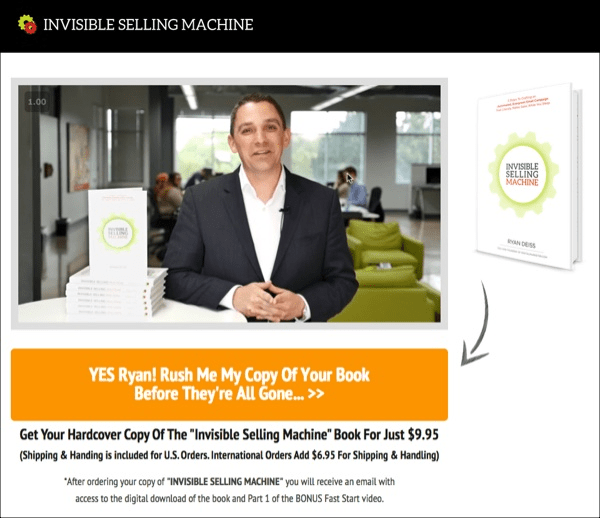
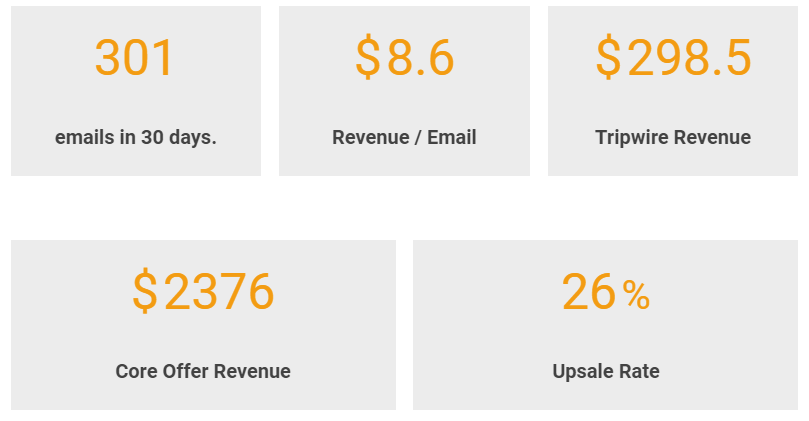
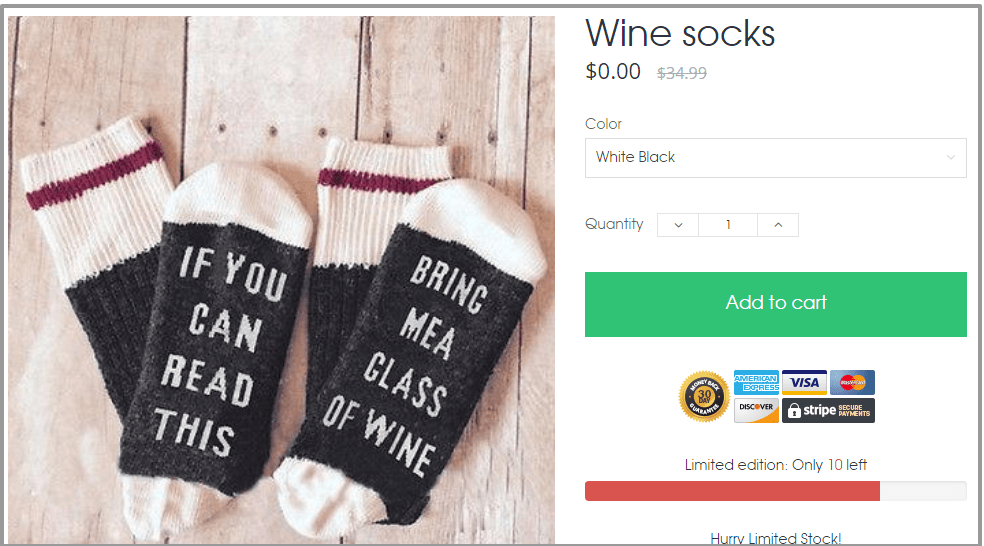
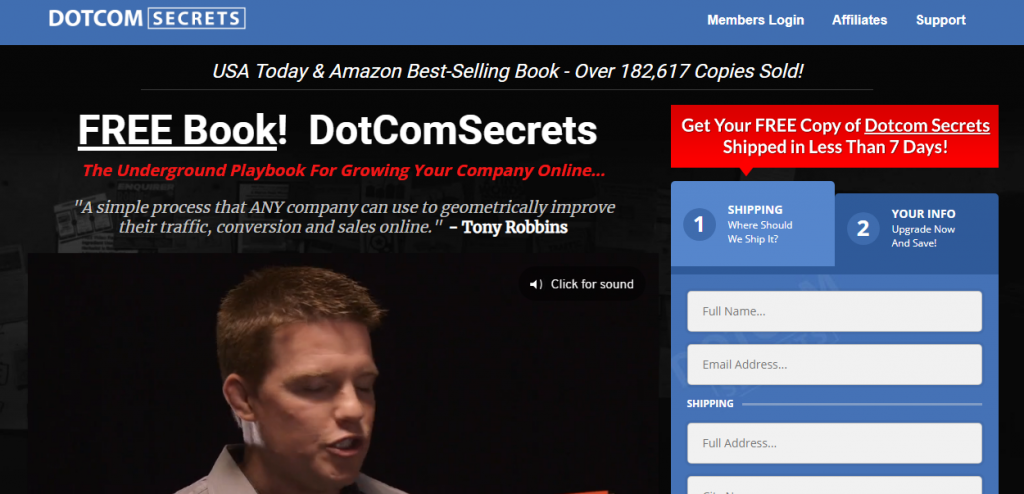
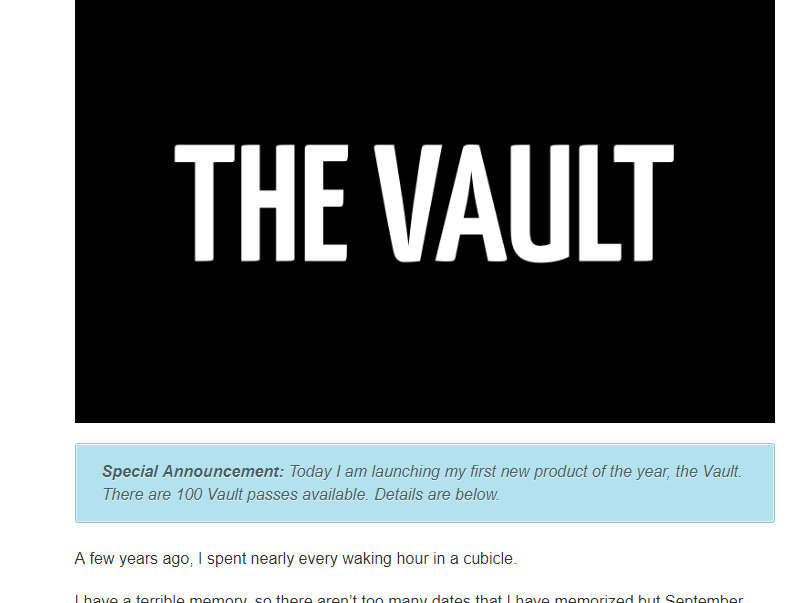
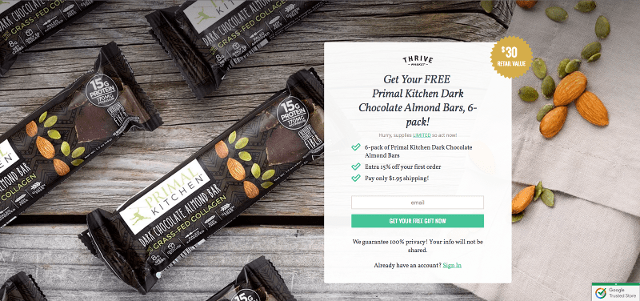
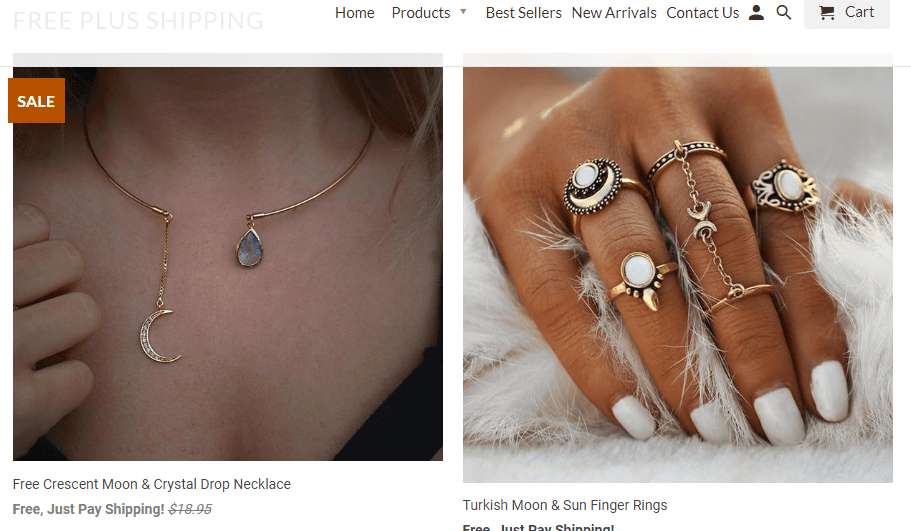
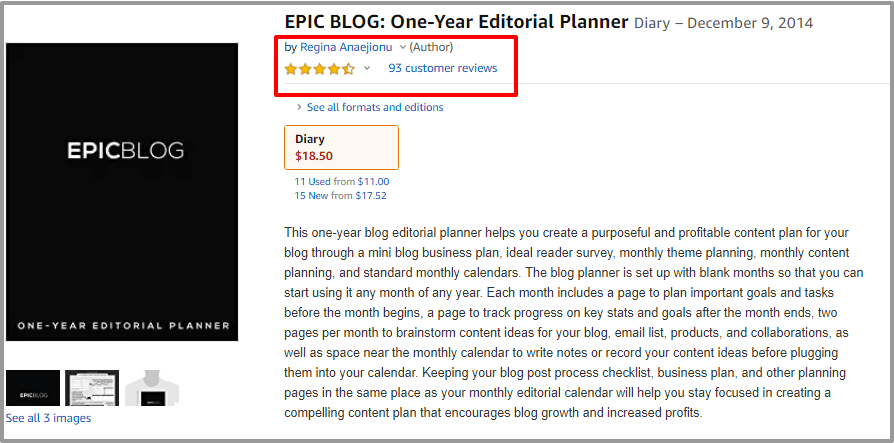
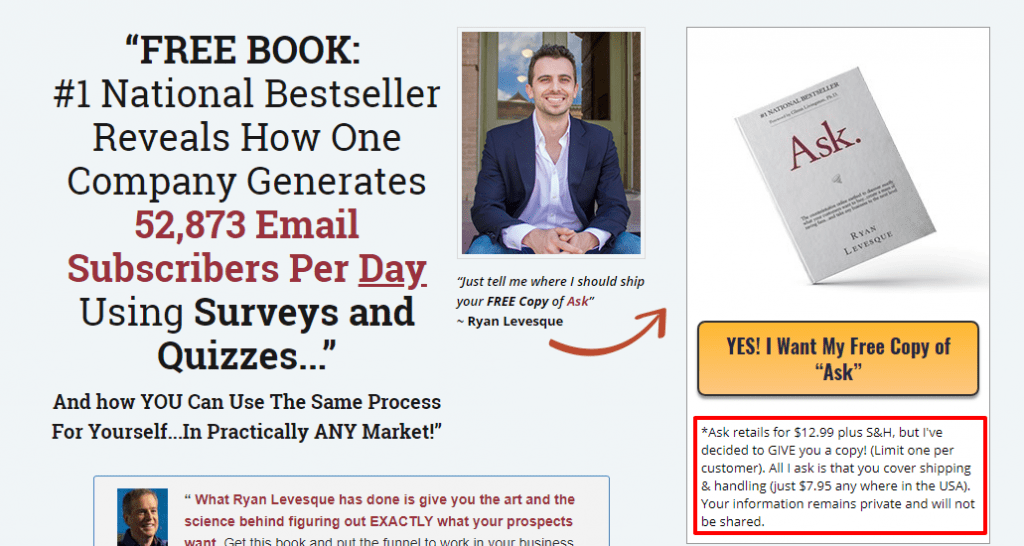
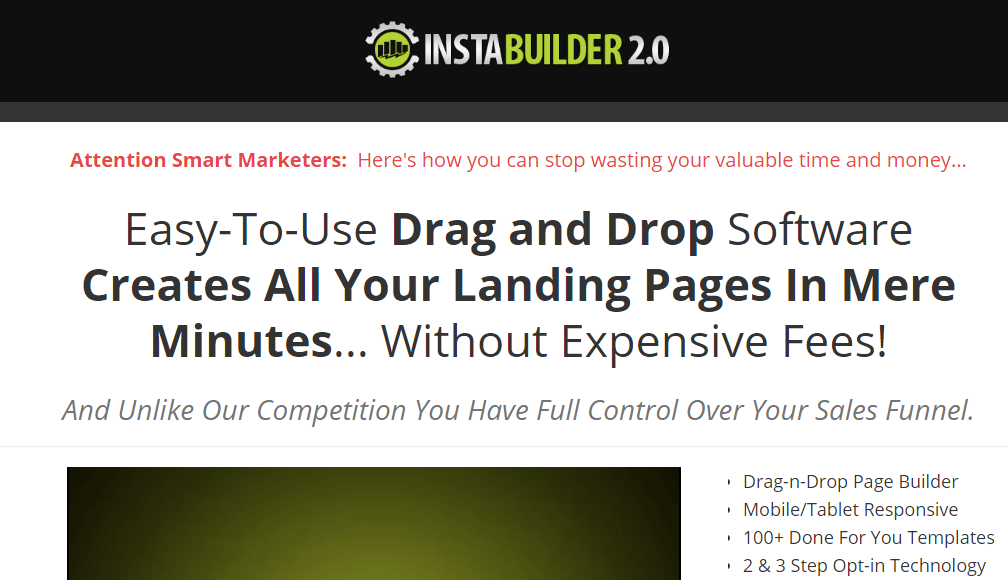
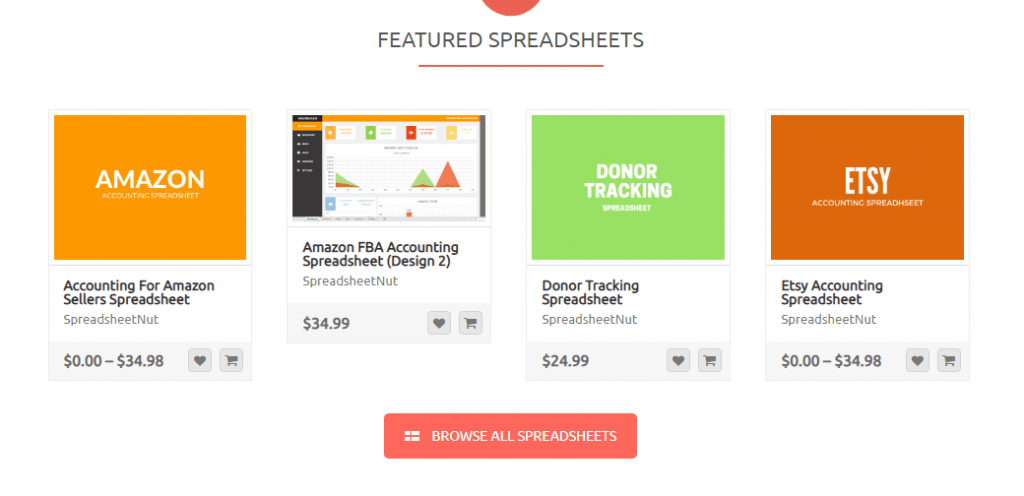
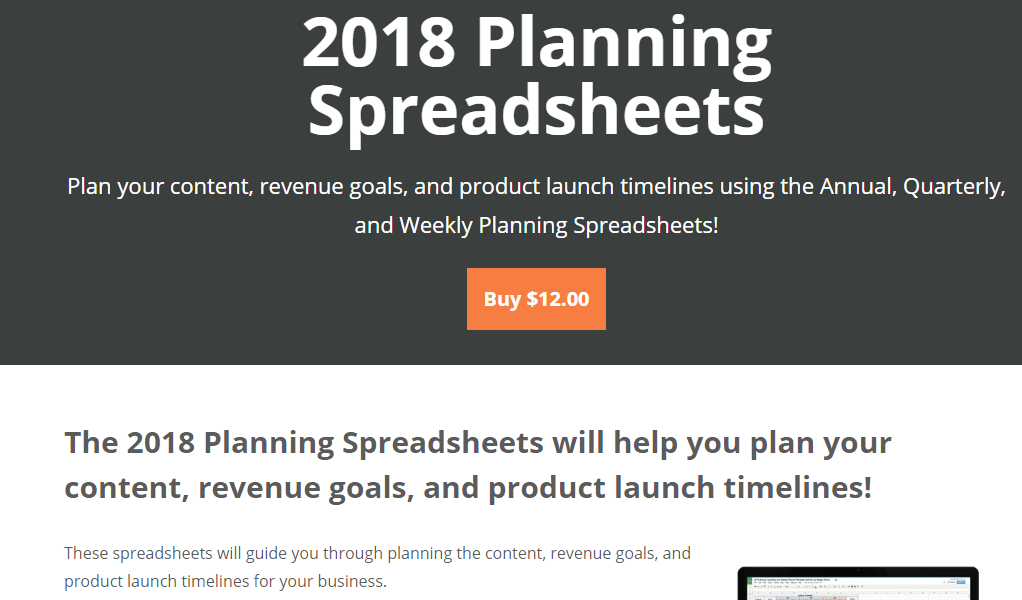
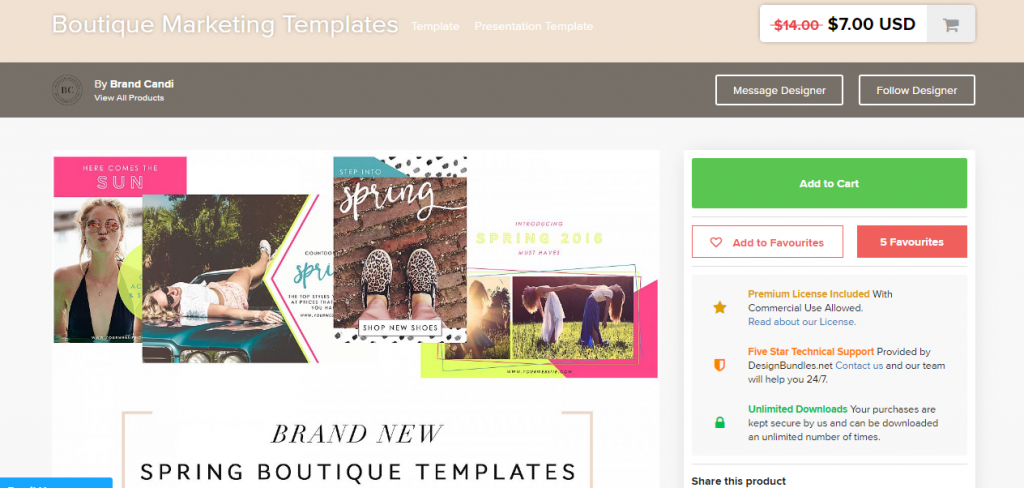
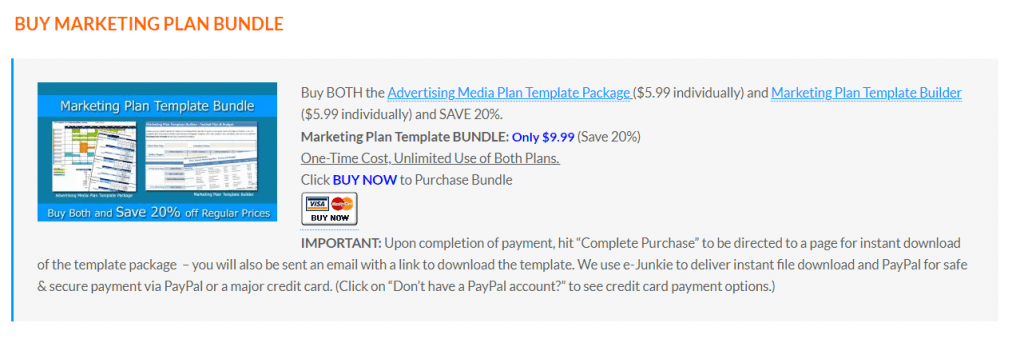
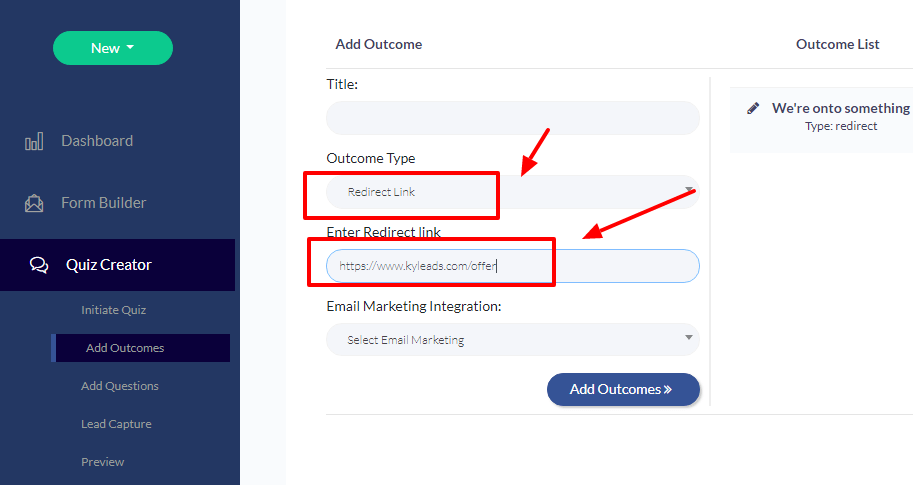
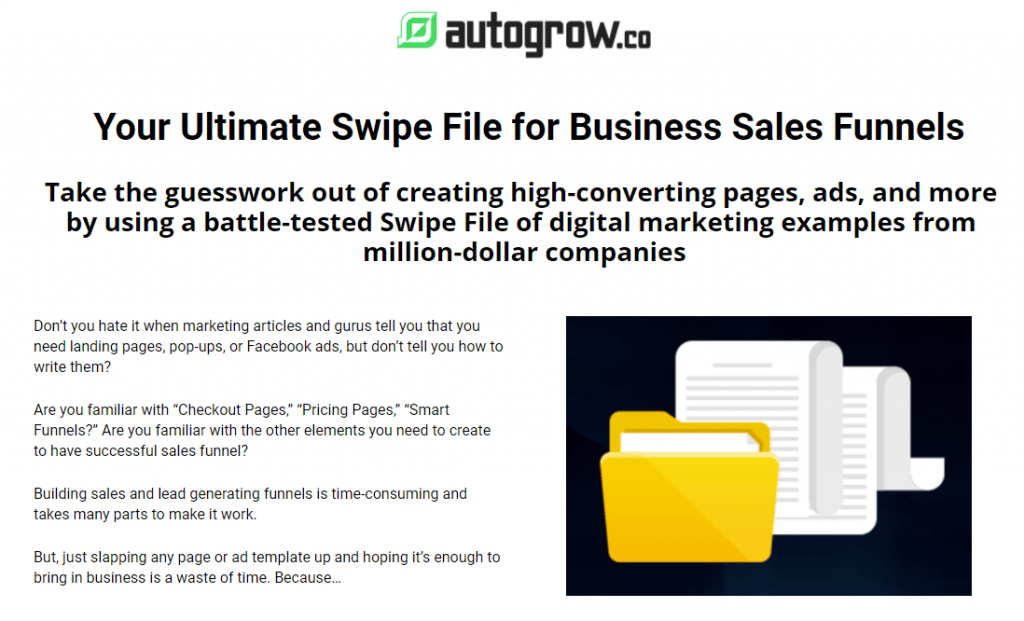
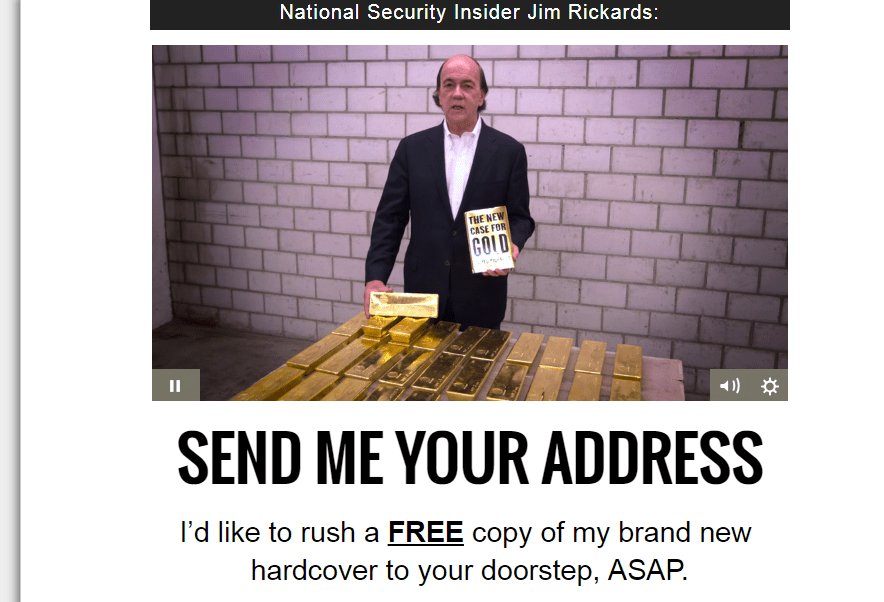
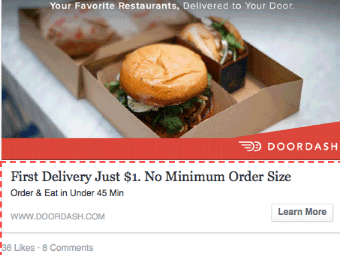
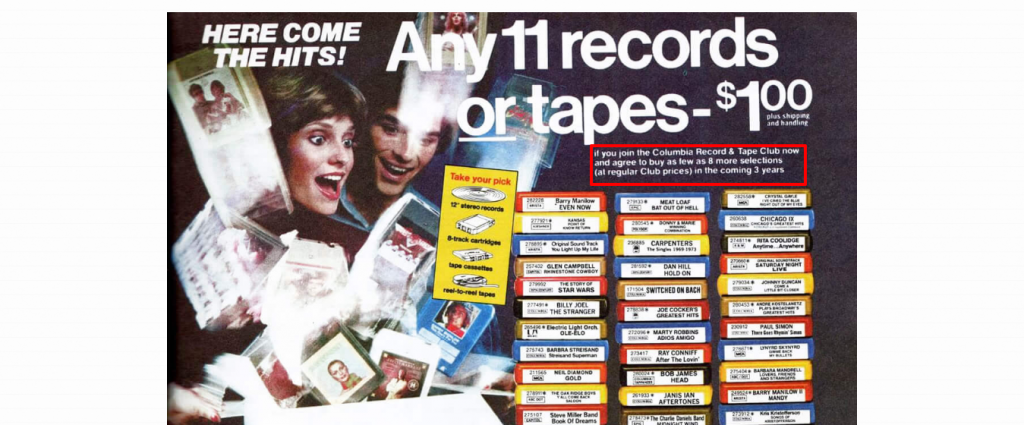
This was very helpful in understanding how one can utilize a marketing tactic that can be mutually beneficial right from the beginning.
Hey Umair, thanks for stopping by.
IT’s a powerful tool that, when used correctly, can have amazing results in your business.
Follow the insights outlined in the post and you should be crushing it in no time.